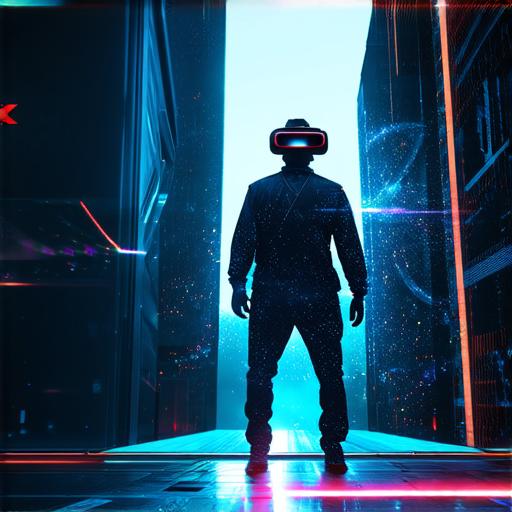Virtual Reality: An Overview
Virtual reality is a computer-generated simulation in which a person can interact in a seemingly real, three-dimensional environment using specialized electronic devices such as headsets, gloves, or body suits. VR technology first emerged in the 1960s but has only become commercially viable in recent years due to advancements in hardware and software.
The Benefits of Virtual Reality
Virtual reality has a wide range of potential applications across various industries. In entertainment, VR allows for immersive gaming experiences that transport players into new worlds. It can also be used in education to provide students with virtual field trips and hands-on learning experiences. In healthcare, VR is being used for therapy and rehabilitation purposes, allowing patients to simulate real-life scenarios in a safe and controlled environment.
The Challenges of Virtual Reality
Despite its potential benefits, virtual reality still faces several challenges that could hinder its mainstream adoption. One of the main challenges is the high cost of equipment, which can be prohibitive for many consumers and businesses. Additionally, motion sickness and other adverse effects caused by VR can deter some people from using it.
Another challenge is the lack of standardization in VR technology, making it difficult for developers to create content that works across different platforms and devices. This can limit the growth of the VR industry and make it harder for consumers to access a wide range of experiences.
Will Virtual Reality Go Mainstream?
Despite these challenges, many experts believe that virtual reality has the potential to go mainstream in the coming years. According to a report by Statista, the global virtual reality market is expected to reach $209 billion by 2022, with consumer applications accounting for the largest share of this growth.
One of the key drivers of VR adoption will be advancements in technology, which are making equipment more affordable and accessible. As prices continue to drop, more consumers will be able to try out VR experiences for themselves and see the benefits firsthand.
Another factor that could help VR go mainstream is increased awareness and understanding of its potential applications across various industries. As people begin to see the value of VR in areas like education, healthcare, and manufacturing, they are more likely to embrace it as a viable technology for their own use cases.
Case Studies: Real-Life Applications of Virtual Reality
One example of virtual reality going mainstream is its use in the retail industry. Many companies are now using VR to create virtual storefronts where customers can browse products and make purchases from the comfort of their own homes. This not only saves consumers time and money but also allows retailers to provide more personalized shopping experiences.
Another example is the use of VR in training and education. For instance, the U.S. military has been using VR simulations to train soldiers for combat situations, allowing them to practice in a safe and controlled environment. This not only improves their skills but also reduces the risk of injury or death during real-world missions.
Summary

In conclusion, virtual reality has the potential to go mainstream in the coming years. While it still faces several challenges, advancements in technology and increased awareness of its potential applications are driving adoption across various industries. As VR continues to evolve and become more accessible, we can expect to see even more innovative uses of this exciting technology.
FAQs
Virtual reality is a computer-generated simulation in which a person can interact in a seemingly real, three-dimensional environment using specialized electronic devices such as headsets, gloves, or body suits.
Virtual reality has a wide range of potential applications across various industries, including entertainment, education, healthcare, and manufacturing.
Some of the main challenges facing virtual reality include high cost of equipment, motion sickness, and lack of standardization in technology.
Many experts believe that virtual reality has the potential to go mainstream in the coming years, driven by advancements in technology and increased awareness of its potential applications.
